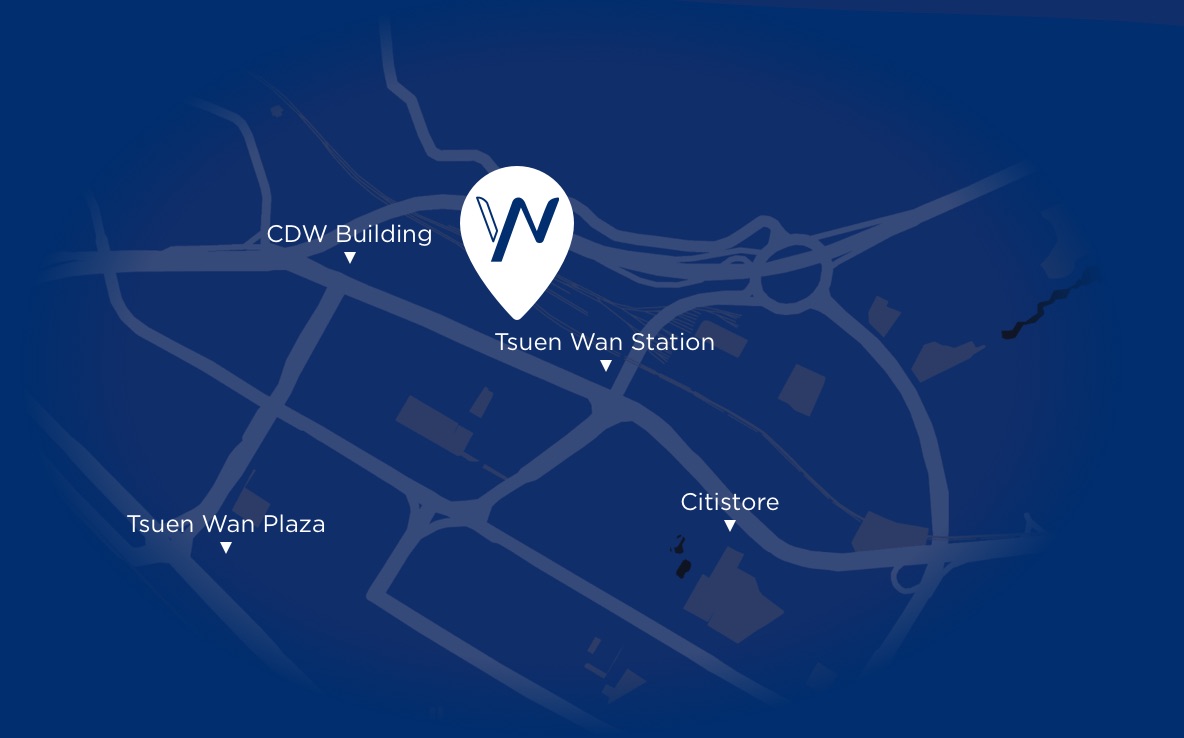Payment in lieu of notice, shortened as PILON, allows employers to end an employee’s contract immediately by providing an upfront payment equivalent to the notice period that the employee would normally fully serve. Employee’s can also exercise the right to request a PILON should they wish to move on sooner.
This guide will delve into the concept of payment in lieu of notice, an example of its calculation, the legal implications, and how it interacts with other forms of compensation such as long service payments, severance pay, and ESOPs.
Understanding Payment in Lieu of Notice
Notice periods are time periods between an employee’s resignation and their last day at the company where they continue to work, while the company looks for their replacement. These periods greatly vary between industries and roles, allowing minimal disruption to the business’s daily operation while management finds a replacement for the terminated employee. Should employers or employees in Hong Kong wish to forgo this notice period, either may legally make or request a payment in lieu of notice (PILON) to the other party and terminate immediately.
PILON is often used in situations where an employer wants to avoid disruptions caused by a terminated employee continuing to work during their notice period, for example, when the employee has continued access to sensitive business systems and information. This is common in the finance and tech industries, where disruptions and classified information leaks can be detrimental to their business. PILON is also commonly applied to quickly transition out an incompetent employee to minimize further risk of damage to the business.
PILON can also be exercised at the request of the employee to leave without completing their notice period. Employee’s taking this option might do so because they urgently need funds to cover living expenses, or if they want to leave an uncomfortable situation in the workplace.
How to Calculate Payment in Lieu of Notice
PILON is calculated by first factoring in the amount an employee would earn during their notice period, which is their average daily wage (ADW) multiplied by their notice period in days. If the notice period is stipulated under contract to be calculated in terms of days, the day that the notice of termination is given is excluded from the notice period. While if the notice period is calculated in months, the notice period begins the day the notice of termination is given, and ends the day before the corresponding date of the following month (ex. May 2 to June 1). To use an example:
Mr Lu was recently laid off by his tech company through PILON. Assuming he was notified on May 1, his notice period would run from May 2 to June 1, or for 22 working days. If Mr Lu’s ADW is HK$1,500, the amount he would be paid at the end of the period would be calculated as:
22 working days * HK$1,500 = HK$33,000
If instead, Mr Lu’s notice period lasted 3 months, his notice period would begin the day he was notified (May 1), and would be calculated as:
[22 days (May) + 20 days (June) + 23 days (July)] * HK$1,500 = HK$97,500
Mr Lu’s employer will be required to report the PILON under Form IR56F (or IR56G, if Mr Lu is leaving Hong Kong), while Mr Lu will have to report the PILON on his individual tax return form BIR60.
Legal Risks and Disputes
While payment in lieu of service (PILON) is a straightforward concept, parties will often fall into disputes if the terms and conditions in the employment contract around it are not clear. Common disputes involve miscalculations of the payment, lack of employee consent when exercising PILON, etc.
Employers who mishandle a PILON risk getting into legal disputes and compensation claims by the employee, wasting more time and money over unclear contractual misunderstandings.
Payment in Lieu of Service and Long Service Payments
Long Service payments are mandatory payments for employees that have served the same company for five or more years, and are calculated based on the employee’s average monthly salary over the past twelve months, with extra amounts tied to specific lengths of service, ex. Serving between five to ten years entitles them to an extra two months wages.
Though Long Service Payments are distinct from PILONs, an employee that fulfilled the requirements for Long Service payments, and was terminated via PILONs, is still entitled to their Long Service Payments.
Difference between Payment in Lieu of Service and Severance Pay
PILON and severance pay are distinct forms of compensation, though they both relate to employment termination. While PILON is designed to compensate an employee for their notice period when they are terminated immediately, severance pay is typically provided as a gesture of goodwill or as part of a redundancy package.
PILON is calculated based on the employee’s average daily wages over the notice period, while severance pay is calculated based on the employee’s length of service to the company, salary level, and seniority.
In some cases, both PILON and severance pay might be offered, but neither directly influences the other.
Do ESOPs or equity vesting affect PILON?
Employee Stock Ownership Plans (ESOPs) and equity vesting generally do not directly affect payment in lieu of notice (PILON). However, they can impact how PILON is handled in specific scenarios. For instance, if an employee leaves before their shares are fully vested, they might be forced to forfeit unvested shares unless there are provisions for accelerated vesting upon termination.
Conclusion
In summary, payments in lieu of service can be a beneficial tool for both employers and employees in Hong Kong to accelerate the transition process in sensitive or extraordinary circumstances. Properly executing PILON means ensuring the payment terms and conditions are stated in no unclear terms in the employee’s contract, understood clearly by both parties, and exercised to the letter in accordance with HK law.










